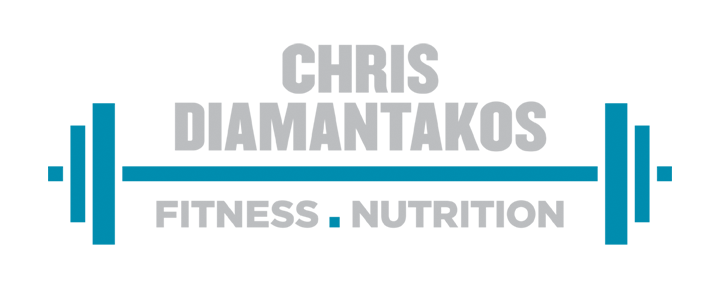Top Strength And Muscle Building Exercises If You Suffer From Low Back Pain
Low back pain sucks. It can make it extremely difficult to build muscle or strength. In fact, it can completely deter you from making it into the gym at all. That’s the worst part, if you don’t do something about it, you’ll likely lose all your hard work and progress and start sliding back down the hill.
If you hurt your back it makes it hard to do any sort of compound movements. Hard to bench press properly, hard to squat and really hard to deadlift.
So what are you supposed to do?
Well first, you’re supposed to seek help from a professional to safely and properly rehab your low back.
Second, you can still hit the gym with the exercises I’m about to show you!
Top Strength and Muscle Building Exercises That You Can Execute Even With Low Back Pain
Floor Press
The floor press is arguably the best exercise to build upper body strength and muscle. It targets the triceps, shoulders and partially the chest.
The reason why this is a great exercise for people who suffer from low back pain is because you can load a significant amount of weight onto the bar without having to arch your back (arching your back causes severe pain or irritation in people suffering from extension based low back pain.
Another technical reason is the range of motion vs a regular bench press. In a bench press your chest needs to be up in the air so you can properly set your shoulder blades down and back. Doing so puts your shoulder girdle in a safer and stronger position when the bar/weight is at the bottom touching your chest. This automatically causes your back to extend, and in some cases hyper-extend which can cause pain.
With the floor press however, the bar never gets as low as your chest because your elbows touch the floor before the bar has a chance to touch your chest. This means that there’s less stress on the shoulder joint.
Inverted Rows
This is a great exercise that doesn’t cause much loading of the spine. It targets the mid-upper back (lats, rear delts, mid traps, rhomboids) and biceps.
If you perform these completely parallel to the floor there is basically zero spinal compression. This means it’s less likely to irritate your already injured back.
Inverted rows are a great compound movement to work your upper body but if body weight isn’t enough, you can add bands or a weight vest for resistance. The band is probably your best bet to not irritate your back however, a weight vest will not compress the spine with axial loading. This means you’re probably A-OK doing these too.
Chest Supported Rows
This is another example of a compound movement that does not overload the spine. It works all of your mid-upper back muscles and you can even go to failure on these guys without causing pain or irritation! Training to muscular failure (not total failure where your form is compromised) is a surefire way to add some extra muscle to your back and biceps!
The key to this is to NOT use your lower back to gain extra range of motion in this exercise. Perform a rep with full range of motion from bottom to top. If you want to really intensify the set you can extend it by doing partial reps (only first half of the ROM) or doing a drop set (grab a lighter set of weights usually 50% of what you were using for your working weight and rep out another set).
The whole idea is to not let your lower back take over! Use your abs to flex and pin your rib-cage down to your hips throughout the movement.
Lower Body
Lower body is even more difficult to train without pain if you suffer from LBP. Don’t worry, there are still some KEY exercises that will help you maintain muscle mass and strength while you heal.
Glute Bridges
This exercise kills two birds with one stone. Not only does it allow you to work your lower body - it also targets the glutes. This is important because weak or inactive glutes can cause low back pain and working on strengthening them can help rehab your low back - BOOM!
Hip Thrusts
These take your Glute Bridges to the next level by increasing the range of motion and tension on the glutes.
Calf Raises
Calves are often underdeveloped compared to the rest of the body. They’re SO important to your ankle mobility and tight calves can be a contributing factor to knee and/or back pain.
The solution?
Work your calves in a relatively large range of motion.
I say relative because the LAST thing I want you to do is try to stretch your calves under load to the end range of motion only for you to pull your calve or worse - injure your achiles tendon. We want you to start with a slight stretch under load, and eventually work up and increase the ROM.
My favourite way to work the calves is by placing a 25lb plate on the ground, step your toes ontop of the plate with your heels touching the ground. Then in a controlled tempo contract your calves to raise your heels off the ground, all the way up till you feel your calves contracting so hard they’re almost cramping. From there, you hold the contraction at the top for a second and slowly lower yourself back down to the starting position. These are best done for higher reps (10-20).
